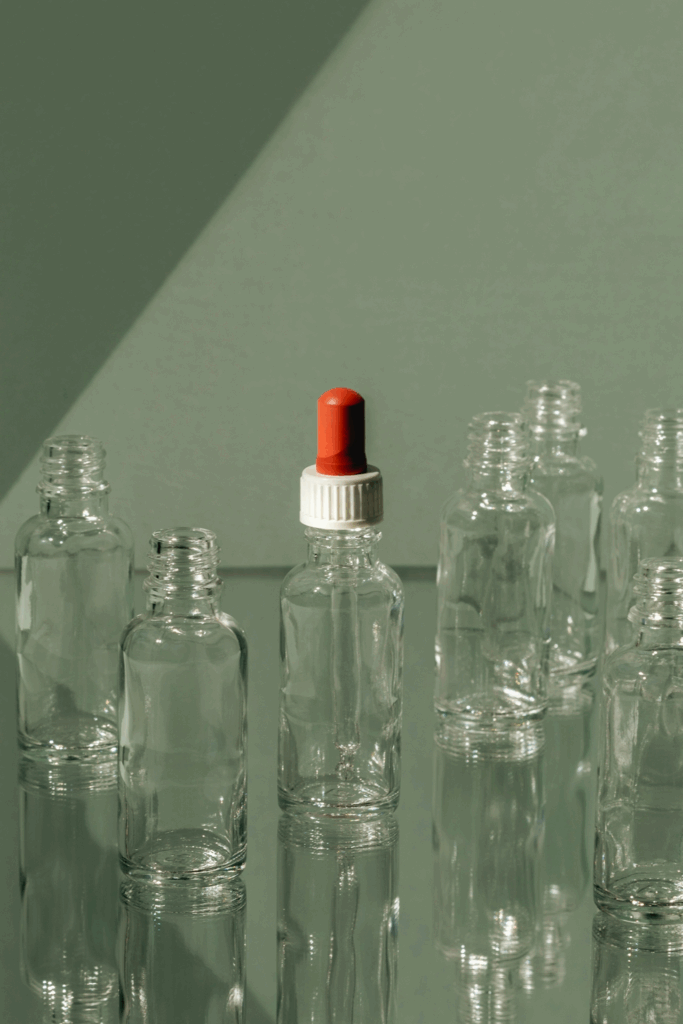Gonorrhea, a common sexually transmitted infection (STI), is currently growing rapidly in Montreal. According to the 2024 epidemiological report from the Regional Public Health Department (DRSP), 5,458 cases have been confirmed, a record rate of 257.3 infections per 100,000 inhabitants, the highest in the last 25 years.1
Who is most affected by gonorrhea?
Statistics show that men remain the most affected, accounting for 82% of cases.
In general, adults represent the most affected groups:
- Women: 25 to 34 years old
- Men: 25 to 44 years old
The long-term trend is worrying: since 1999, infections have increased by 1,104% among men and 987% among women. Even over the last four years, the increase remains significant: 63% among men and 112% among women.


Symptoms of gonorrhea
Gonorrhea often causes no symptoms. When symptoms do occur, they may include:
- Throat : persistent sore throat, irritation, or mild pain when swallowing.
- Urethra : burning sensation when urinating, unusual discharge in men and sometimes women.
- Vagina/cervix : unusual discharge, pelvic pain, or bleeding between periods.
- Anus : pain, itching, or rectal discharge.
These symptoms can be subtle and easily confused with a cold or minor irritation, which is why regular screening is so important.
Understanding gonorrhea and its risks
Although gonorrhea does not always cause visible symptoms, its consequences can be serious. When left untreated, it can lead to:
- Chronic lower abdominal pain
- Acute infections of the reproductive organs
- Infertility
Gonorrhea also increases the risk of contracting or transmitting human immunodeficiency virus (HIV).
Sites of infection
Gonorrhea can affect any area exposed during sexual contact involving genital, anal, or oral secretions, including:
- Penis, vagina, rectum, throat, and eyes
In 2024, the three main sites detected were:
- Throat : 41%
- Urethra : 25%
- Rectum : 25%
This highlights the importance of comprehensive screening of sites of exposure based on sexual practices to maximize detection and prevent transmission.


Antibiotic resistance: a major issue
The increase in gonorrhea cases must be accompanied by heightened vigilance regarding resistance to certain antibiotics, commonly used to treat the infection.
In 2024, two strains of Neisseria gonorrhoeae resistant to a third-generation cephalosporin were identified in Montreal, whereas none had been detected since 2020. Although this number remains limited, it highlights the importance of strengthening prevention efforts to reduce transmission.2
In all cases of Neisseria gonorrhoeae infection, it is essential to take a culture sample before treatment in order to obtain an antibiogram and verify the sensitivity of the strain. After treatment, a follow-up test is recommended: this can be done using NAAT (nucleic acid amplification tests), as soon as possible from 3 weeks after the end of treatment, according to the recommended analyses.
History of STIs and risk factors
Among those diagnosed in 2024, 56% of women and 36% of men had never been diagnosed with an STI before..
This shows that any sexually active person can contract gonorrhea, even multiple times, and highlights the importance of preventive practices, including:
- Using condoms or dental dams
- Regular screening, especially if you have multiple partners
Risk factors
Gonorrhea can affect anyone, but it is more common in the following contexts:
- Sex without a condom
- Multiple partners
- History of STIs
Prevention and screening
Prevention is based on several complementary strategies:
- Use condoms or dental dams during vaginal, anal, or oral sex, especially with new partners or multiple partners.
- Open discussions with partners about their last screening or STI status.
- Regular screening based on your sexual practices:
- General: once a year for sexually active people under 30
- Multiple partners or new partners: every 3 to 6 months
- Test all sites of exposure (urethra, vagina, rectum, throat), even if you have no symptoms


At Prelib, we know that talking about sexual health can be awkward. That's why we make testing simple, fast, and confidential: :
- Online appointment
- Medical evaluation from home
- Fast and secure results
The increase in gonorrhea cases in Montreal is a reminder that prevention and testing are essential, and that no one is immune. Our team is here to support you in taking care of your health and that of your partners
- Direction régionale de santé publique de Montréal. (2025, avril). Hausse de la gonorrhée et présence de souches de Neisseria gonorrhoeae résistantes aux antibiotiques à Montréal. ↩︎
- Direction régionale de santé publique de Montréal. (2025, octobre). Gonorrhée chez la population montréalaise (1999-2024). ↩︎





